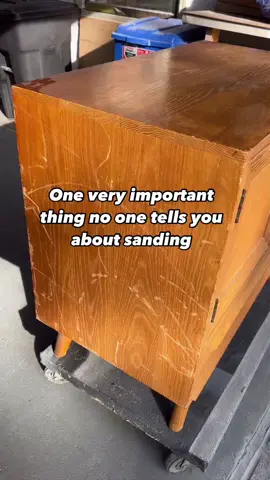alopanio
Region: ID
Saturday 11 October 2025 17:24:52 GMT
20972
790
6
54
Music
Download
Comments
Nana aja :
pertama
2025-10-11 17:29:18
0
rarahan7 :
😂
2025-10-28 15:24:16
0
acilibnu527 :
😁
2025-10-20 12:25:18
0
rian a.m :
😂
2025-10-17 15:55:49
0
Ood Romansya :
🤤🤤🤤🤤🤤🤤🤤🤤🤤🤤
2025-10-15 23:01:03
0
murid senyap :
gempa gempa woy
2025-10-12 04:18:17
0
To see more videos from user @alopanio, please go to the Tikwm
homepage.



![[ FOCUS CAM TÙNG DƯƠNG ] - STANDING NEXT TO YOU không ngờ cũng có ngày được xem @Nguyễn Tùng Dương nhảy SNTY trước mặt 😍 #GalaxyxNinhDuongStoryxHaBui #nguyentungduong #amiuoi #ninhduongstory](/video/cover/7404700447765761298.webp)

